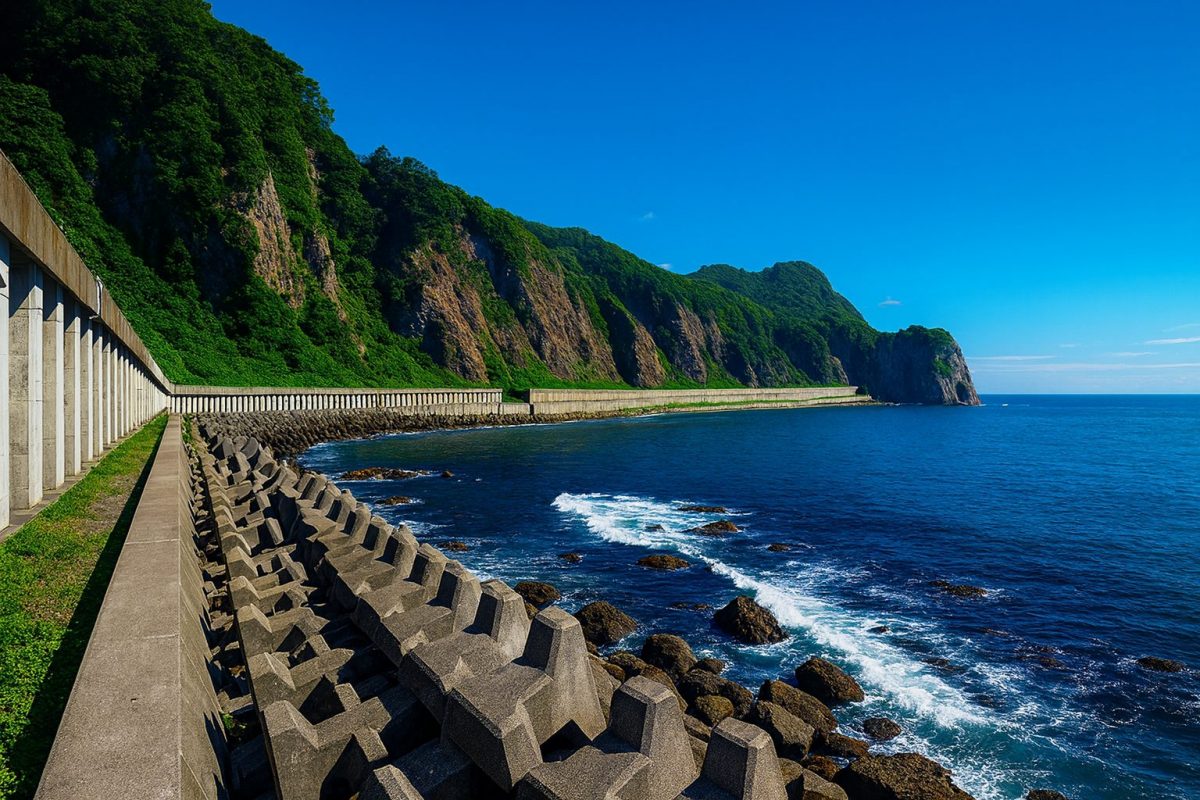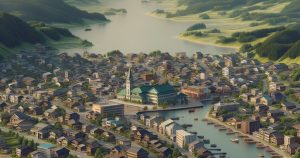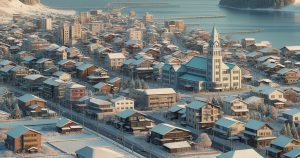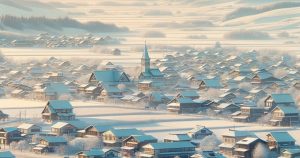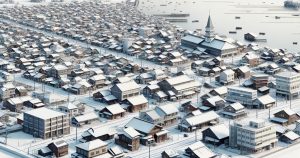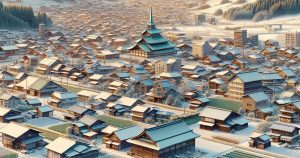| population | 5,769 peoples |
|---|---|
| area | 596.48 km² |
| population density | 9.67 peoples/km² |
Located in the southern part of the Tokachi General Subprefecture of Hokkaido, Hiroo Town is a picturesque coastal town facing the Pacific Ocean. Surrounded by the majestic Hidaka Mountains to the west and the vast Tokachi Plain to the north, Hiroo is a land blessed with both mountains and the sea. The name “Hiroo” originates from the Ainu word pira-or, meaning “the place of cliffs,” reflecting the town’s rugged coastal landscape. Since the Meiji period, it has developed as an agricultural and fishing settlement. Today, dairy farming, crop cultivation, and coastal fisheries remain the main industries. The town is home to Tokachi Port, one of Japan’s key fisheries and distribution hubs. Despite the harsh winters, residents live harmoniously with nature, preserving a strong community spirit rooted in the traditions of the Ainu people and the pioneers who settled this land. Hiroo is also famous as “Santa Land,” recognized by Oslo, Norway, in 1984 — a place where festive lights and goodwill illuminate the long winter nights. Throughout the year, seasonal festivals, fresh local foods, and scenic landscapes welcome visitors from all over Japan and abroad.
CULTURE & TRADITIONS
The culture of Hiroo Town is a harmonious blend of Ainu heritage and the pioneering spirit of the Meiji era. The town retains historical sites such as the Tokachi Jinya Site, where the Sendai Domain once established an outpost, symbolizing its deep historical roots. Agriculture and fishing have long been at the heart of daily life, shaping a culture of resilience and cooperation within the community. Although winters are severe, the warmth of local connections and the rhythm of life intertwined with nature create a unique atmosphere found only here in southern Tokachi. The Ainu language still influences many place names, and the Hokkaido dialect adds color to local speech.
Festivals are an essential part of Hiroo’s identity. Among them, the Santa Land Illumination Ceremony fills the town with magical lights every winter, and the Tokachi Port Fireworks Festival paints the summer sky with brilliant colors. In spring, the Tsutsuji (Azalea) Festival celebrates the blooming of pink and red flowers across the hills of Daimaruyama Forest Park. These events embody the people’s gratitude for nature and their joy in living in harmony with the land, carrying forward the traditions of past generations while creating new memories for the future.
LOCAL SPECIALTIES
- Hiroo Hokke (Atka Mackerel): Freshly caught from the Tokachi Port, Hiroo’s Hokke is known for its rich flavor and thick, juicy meat. Grilled or dried, it offers a deep umami taste that represents the bounty of the Pacific coast.
- Hiroo Milk: Produced in lush green pastures, Hiroo’s milk has a creamy texture and full-bodied flavor. Managed by JA Hiroo, it is a source of local pride and is even used in school meals throughout the town.
- Hiroo Mochi Barley: A healthy, high-fiber grain cultivated in Hiroo. Its chewy texture and nutty flavor have made it popular nationwide, often featured in local health foods and as a return gift for the Furusato Nozei (hometown tax program).
- Hiroo Vegetables: Potatoes, corn, and carrots are among the key crops, grown in fertile soil and blessed by large temperature differences that bring out their natural sweetness and crispness.
- Hiroo Dahlias: Colorful dahlias bloom throughout the summer and autumn, beautifying gardens and festivals across town. They are widely loved as a symbol of Hiroo’s seasonal charm.
ANNUAL EVENTS
- Hiroo Tsutsuji (Azalea) Festival (June): Held at Daimaruyama Forest Park, this festival marks the arrival of early summer with vibrant azaleas, stage performances, and local food stalls.
- Tokachi Port Fireworks Festival (First Saturday of August): A spectacular display of over 2,000 fireworks above Tokachi Port, lighting up the Pacific sky and drawing visitors from all over Hokkaido.
- Furusato Summer Festival (August 14): A lively community event featuring Bon Odori dances, bingo games, and food stalls — a time when locals and visitors celebrate together.
- Santa Land Illumination (Late October – December 25): The town transforms into a winter wonderland at Hiroo Santa Land, with hundreds of thousands of lights glowing in honor of the friendship with Norway’s Frogn Municipality.
- Sea & Mountain Gourmet Festival (December): A winter food event celebrating Hiroo’s seafood, mountain vegetables, and dairy — a perfect way to warm up during the cold season.
ACCESS
- By Air: The nearest airport is Obihiro Airport, about 1 hour and 40 minutes from Tokyo (Haneda). From the airport, it takes around 90 minutes by car to reach Hiroo Town.
- By Bus: Tokachi Bus operates regular routes between Obihiro Station and Hiroo Town, taking approximately two hours.
- By Car: From Obihiro, take National Route 236 (Tenma Kaidō) southbound for about 1.5 hours. From Sapporo, the drive via the Dō-Ō Expressway takes around 4 hours.
- By Sea: Tokachi Port once hosted regular ferries, but now serves as a key logistics and fishing hub for southern Tokachi.
- By Rail (Historical): The JR Hiroo Line was discontinued in 1987, but the old Hiroo Station monument remains as a reminder of the town’s rail history. Today, local buses provide convenient transportation.
TOURIST ATTRACTIONS
- Funbe Falls – A scenic waterfall along the coastline, famous for its icy winter formations that create breathtaking natural sculptures.
- Tokachi Jinya Site – The remains of a historical outpost established by the Sendai Domain during the Edo period; a key heritage site in Hiroo’s history.
- Ichiro Nakagawa Memorial Museum – A museum honoring the life and achievements of local-born politician Ichiro Nakagawa.
- Daimaruyama Forest Park – Offers panoramic views of the Pacific Ocean and Tokachi Plain from its observation deck, and is a popular spot for picnics and seasonal flowers.
- Hiroo Santa Land – A landmark created in friendship with Frogn, Norway. It features a Santa House, post office, and dazzling illumination displays each winter.
